

Culture
The predominant cultural practice in the District is the Asante culture. The main language spoken is the Asante-Twi, although there are pockets of other languages from the Northern dialect, Ewe, Bono, Fante and among others. The most preferred cuisine is ‘fufu’ which is usually prepared with cassava and plantain or cocoyam and served with soup. The cloth is the main traditional attire; it is worn by males and females to social gatherings like funerals, churches, festivals, wedding and naming ceremonies. The main dance is Adowa, Kete, and Nwomkro.
Traditional Authorities (Chieftaincy)
Traditional Authorities play very important role in the administration of the District. The traditional set up of the people accords the chief power and reverence in the communities. The chief exercises both executive and legislative powers within the stool boundaries and is assisted to rule by a well-structured hierarchical council of elders including queen mothers. The Atwima Mponua District has no Paramouncy. The District has Divisional/ Stool Chiefs who owe direct or indirect allegiance to the Manhyia Palace. There are six traditional authorities or divisional chiefs in the District namely Nana Nyinahinhene, Nana Toasehene, Nana Nkawie-Kumahene, Nana Nkawie-Paninhene, Nana Atwima Agogohene and Nana Bantamahene.
The District Assembly has good rapport with these authorities and this has ensured a successful administration and effective maintenance of law and order. This implies that there is a peaceful atmosphere between the District Assembly and Traditional Authorities in the District ensuring tremendously development over years through resource mobilization and other developmental issues.
Ethnic Diversity
The District is cosmopolitan in nature. The Akans formed the majority ethnic group in the district with a proportion of 60.2 percent of the total population. This followed by Mole-Dagbani (19.1%), the Gurma (7.9%), the Ewe (4.6%) and the Mande (3.9%). Each of the other ethnic groups has less than two percent of the population. Comparatively, the proportion of Akans in the District (60.2%) is less than the regional average (74.2%) but more than national average (47.5%) whereas Mole-Dagbani proportion (19.1%) is higher than regional average (11.3%) and national average (16.6%).
This indicates that the District is largely homogenous as the people are mainly Akans with the dominance of Asantes. Despite the fact that the Akans formed three-fifth (60.2%) and the non-Akans comprise the remaining two-fifth (39.8%), there is peaceful co-existence among the ethnic groups as ethnic conflicts, tribalism, ethnocentrism and other negatives associated with ethnicity are virtually absent in the District.
Development Implication
The diverse nature of the ethnic composition of the district promotes sustainable development since there is harmony. However, stakeholders in the district should always consider the diverse nature of the district when making policy decisions.
Situation of Communal Spirit in the District
The level of communal spirit in the District is very high. There has been an increasing level of self-help projects in the district. The assembly role in the self-help project is provide the communities with some building materials and technical support with the provision of other materials such as land, labour being the responsibility of the community. This has led to a lot of completed and on-going self-help projects in the district.
Religious Composition
Religion is an important socio-demographic personal characteristic because of its association with a variety of attitudinal and behavioural indicators.
The dominant religious group in the District is Christianity with more than 70 percent (70.9%) professing adherence to the Christian faith. The Christian faith however is dominated by Pentecostal/charismatic (27.2%) followed by Protestant (15.5%) and Catholic (14.2%). Islam (Muslims) forms 19.1 percent of the population. Comparatively, the proportion of Christians in the District (70.9%) is less than the regional average (77.8%) and national average (71.2%) whereas Muslims proportion (19.1%) is higher than regional average (15.2%) and national average (17.6%). The adherents to traditional religion form (0.8%) and those who have no religion constitute 8.4 percent.
Furthermore, the proportion of females (74.3%) in Christianity is more than proportion of males (67.7%). On the contrary, the proportion of males (19.8%) in Islam is slightly higher than the females (18.3%). Similarly, in terms of no religion and traditionalist, male’s proportions dominate female’s proportions. This means that most females in the District are Christians and are subjected to most religious affiliations than males. This may be attributed to the fact that females are affable when it comes to religious beliefs.
Positive Cultural Practices (Festivals)
A prominent traditional festival of the people is the ‘AMANANO ASUOBO’ which celebrated every year in March. The weeklong celebration is consciously observed by the people to mark ‘spiritual purification by their ancestors’ and is therefore heralded by the spirit of cleanliness.
In addition, Asante’s festivals such as Akwasidae and Awukudae are important cultural practices of the people in the District. The Akwasidae and Awukudae festivals are celebrated every six weeks. It can be expected that these positive cultural practices (festivals), if well organised, could be used to harness support for development activities in the District. The important traditional/historical sites in the District are the Mud-Fishes and Yaa Asantewaa Museum at Sreso Tinpom.
Tourism
There are number of tourism opportunities in the District. The known ones are Yaa Asantewaa Museum at Sreso Tinpom, two River Falls at Nyinahin and Kyekyewere and the Mud-Fishes in the Amanano River at Nyinahin. These sites are not developed due to lack of funds from internal and external sources. Their potentials for create jobs and revenue in the district are therefore hindered.
Date Created : 11/24/2017 12:50:16 AM




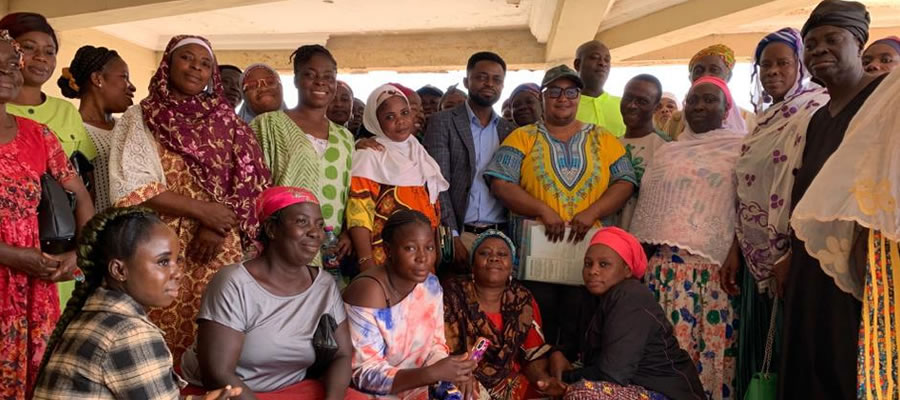
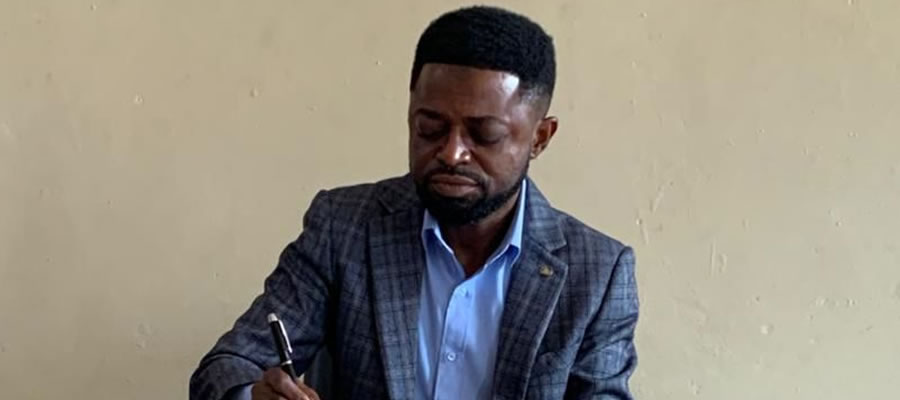
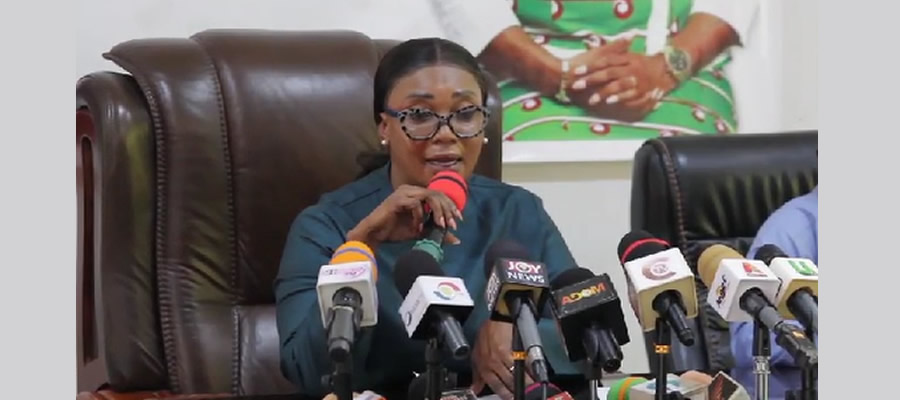

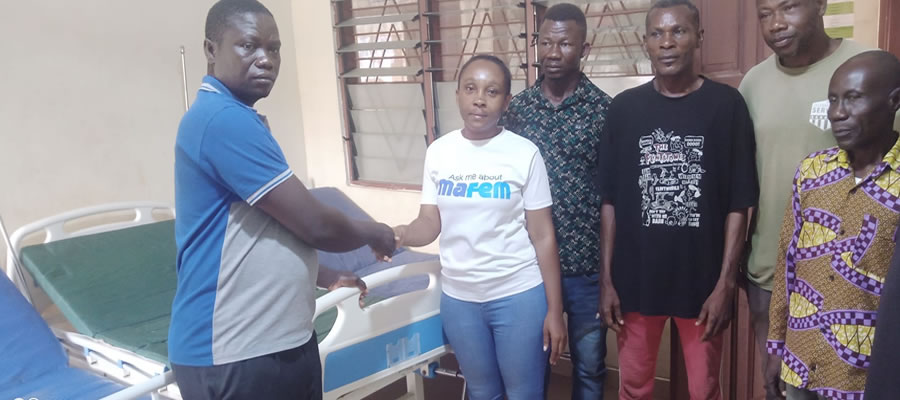
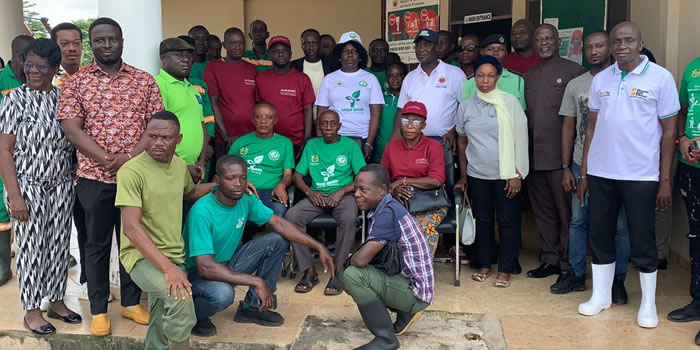



 facebook
facebook
 twitter
twitter
 Youtube
Youtube
 +233 593 831 280
+233 593 831 280 0800 430 430
0800 430 430 GPS: GE-231-4383
GPS: GE-231-4383 info@ghanadistricts.com
info@ghanadistricts.com Box GP1044, Accra, Ghana
Box GP1044, Accra, Ghana